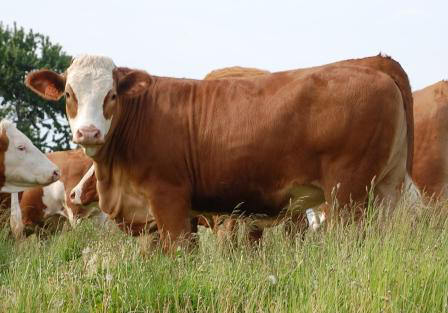A new breed of cattle introduced from South Africa late last year could change the fortunes of Kenya’s dairy farmers
Kenyan dairy farmers are used to the common exotic breeds of dairy cows such as the Holstein-Friesians, Ayrshire, Guernsey or even Jerseys.
For two years now, a new cattle breed has attracted the attention of Kenyan dairy farmers. Fleckvieh is a high-yielding, dual-purpose cow that can be used for both dairy and beef production.
Kenyan farmers, who have discovered the qualities of this breed, have introduced them into their herds. So far, more than 20,000 farmers in Kenya have adopted the breed.
Fleckvieh (or Miling Simmental) is the second largest dairy breed in the world – and one of Europe’s oldest. Through many years of selective breeding, Fleckvieh has acquired some of the characteristics that dairy farmers are looking for. The Fleckvieh breed was introduced by Fleckvieh Genetics East Africa (FGEA) from South Africa in 2009.
“We have inseminated various cows for cross breeding all over the country. The Fleckvieh breed is a low maintenance dual-purpose breed which produces milk steadily for 305 days without decline in yield,” said Gerard Besseling, who is also the FGEA's managing director.
Fleckvieh are said to be strong and high yielding dual-purpose cattle. Mr Besseling's company has crossbred the cattle with other locally available exotic breeds like Holstein-Friesian, Ayrshire, Guernsey and Jersey. Indigenous species like Boran have also been crossbred to replicate the high production, fertility and disease resistance qualities.
Compared with other breeds, Fleckvieh owners will not have to incur huge veterinary bills due to the breed’s ability to withstand some of the common livestock diseases, such as mastitis, which is an inflammation of the udder that cuts down milk production. The infection is caused by somatic cells (dead cells) from the bloodstreams that get into the milk in the udder.
Fleckvieh cow milk has lower numbers of somatic cells compared to other dairy breeds, meaning that Fleckvieh is less prone to mastitis. There is another advantage. Less somatic cells means that the milk lasts longer without refrigeration.
To continue reading the rest of this article, please see the March/April 2012 issue of African Farming





